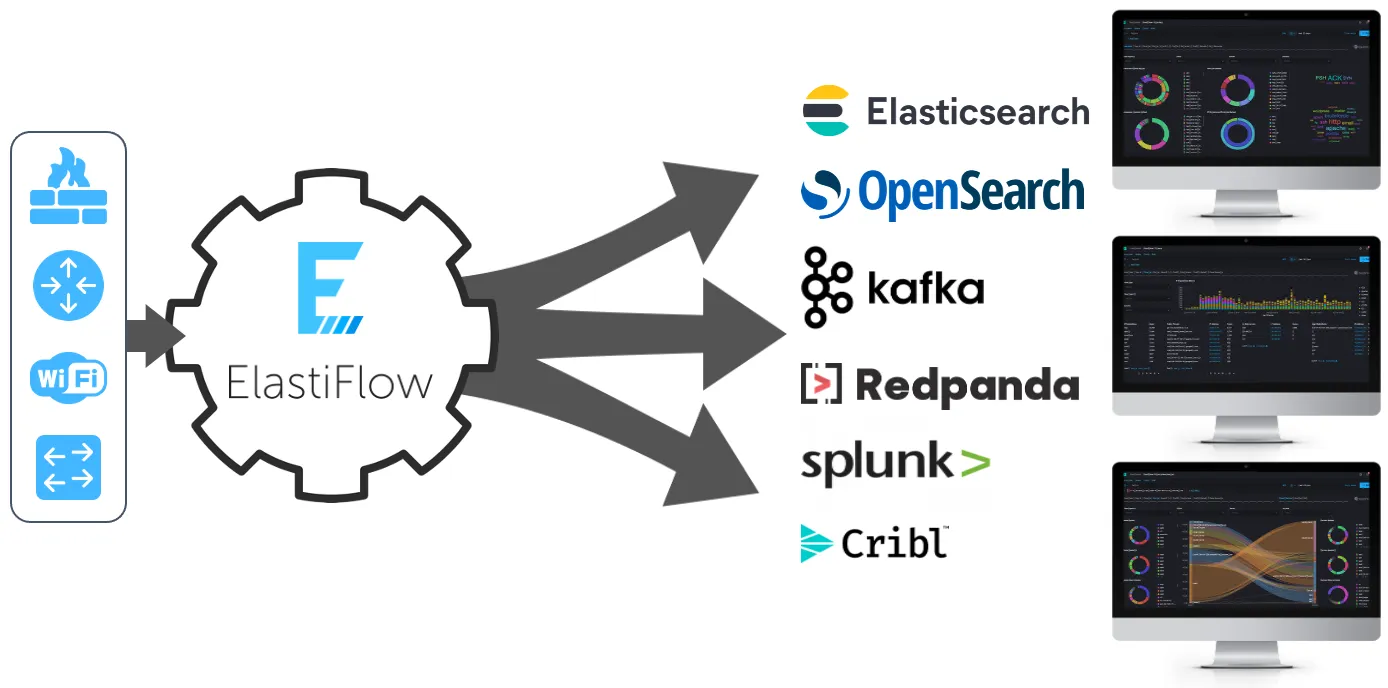
In a world powered by digital solutions, networks are becoming exceedingly complex — making network observability more crucial than ever. Network observability provides the ability to measure, monitor, and analyze the internal states of a computer network. This level of observation offers insights into the network’s health, performance, and security. These insights cover a wide range of aspects including fault detection, performance monitoring, configuration management, security management, and traffic analysis.
Why is Network Observability Essential?
With the growing reliance on digital solutions, the availability, performance, and security of the network directly impacts business operations and user experience. Achieving network observability allows issue resolution proactively, reduces downtime, and minimizes disruptions to business operations, critical for business continuity. The goal of network observability usually focuses on three significant areas:
Performance & Availability
Capacity Planning & Cost Control
Security & Compliance
To better appreciate the roles of network observability, consider these real-world use cases.
Network Observability Use Cases
One of the use cases involves performance and availability. Questions like “Why is a service slow — be it email, internet, or cloud service”, “Which applications are consuming the most resources”, and “Which users are generating the most traffic” would fall under this category.
Secondly, for capacity planning and cost control, network observability can answer questions such as “Which users or apps cause high cloud egress costs?” and “Is my SD-WAN investment showing any benefits?” It also allows you to identify which resources are not fully utilized and where more investment would be fruitful.
Lastly, from a security and compliance viewpoint, network observability can answer questions such as “Who is accessing a particular service?”, “Which users are accessing sites with poor reputation?” and “Are restricted services being accessed externally?”.
Real-world Experiences with ElastiFlow
In the field of high frequency trading, latency is king. Any factor that increases latency is detrimental. With ElastiFlow, a company could monitor traffic and eliminate everything that is nonessential, resulting in reduced latency and increased profits.
Another instance involved mitigating an SMTP attack originating from Russia. A client’s mail servers were compromised and were attacking servers in Ukraine. ElastiFlow detected malicious addresses from Russia targeting specific servers in the client’s data center. This rapid detection facilitated swift security measures.
Perhaps the most critical example is with a neurophysiology department where their EEG and other medical devices would intermittently stop working, leaving patients unmonitored during surgeries. ElastiFlow identified and disabled the scanners targeting the EEG equipment, saving time, money (lawsuits), and most importantly — patients’ lives.
Digging Deeper with NetFlow
Introduced by Cisco in the mid-1990s, NetFlow is a network protocol for collecting and analyzing IP traffic data, providing insights for efficient network management. NetFlow provides detailed information about individual network traffic flows, including source and destination IP addresses, source and destination ports, protocol ingress, and egress interface, packet count, and byte count. It enables effective traffic volume and trends analysis and plays a significant role in network security and anomaly detection by identifying unusual behavior indicative of security threats or network misuse.
For a more detailed discussion of the foundational role NetFlow plays in Network Observability, please read this ElastiFlow blog post.
The ElastiFlow Difference

ElastiFlow extends the utility of NetFlow by extracting every detail from its data to provide maximum insights. The process involves collection, transformation, normalization, translation, and enrichment of the data. The data is collected at any scale, extracting 7300+ standard and vendor-specific fields. The data undergoes an advanced decoding and transformation process, followed by normalization to a common schema. This simplifies the user experience and facilitates machine-driven analytics. Translation of the flows for humans allows for easy understanding, leading to actionable insights. The enriched data provides the necessary context to investigate and identify concerning conditions.
Check out ElastiFlow
Being a software engineer at ElastiFlow, I’m often busy with the intricacies of coding and development. It’s been a truly engaging journey to build tools that empower enterprises to quickly pinpoint and address issues. Witnessing the tangible benefits our customers receive from our solutions has been a rewarding experience. If any aspects of this article piqued your interest, I invite you to explore our products in greater detail on our website. Trust me, there’s a lot more on the horizon.
🌐 Discover more at elastiflow.com.
Stay connected
Sign up to stay connected and receive the latest content and updates from us!